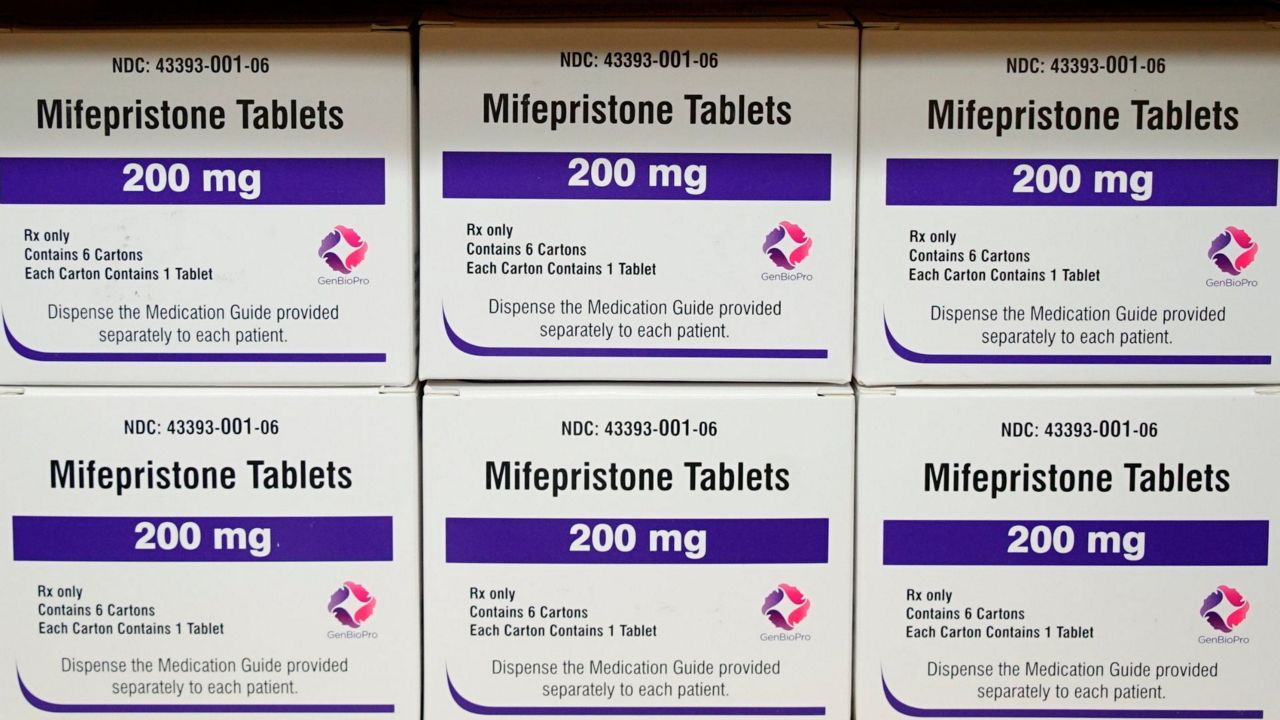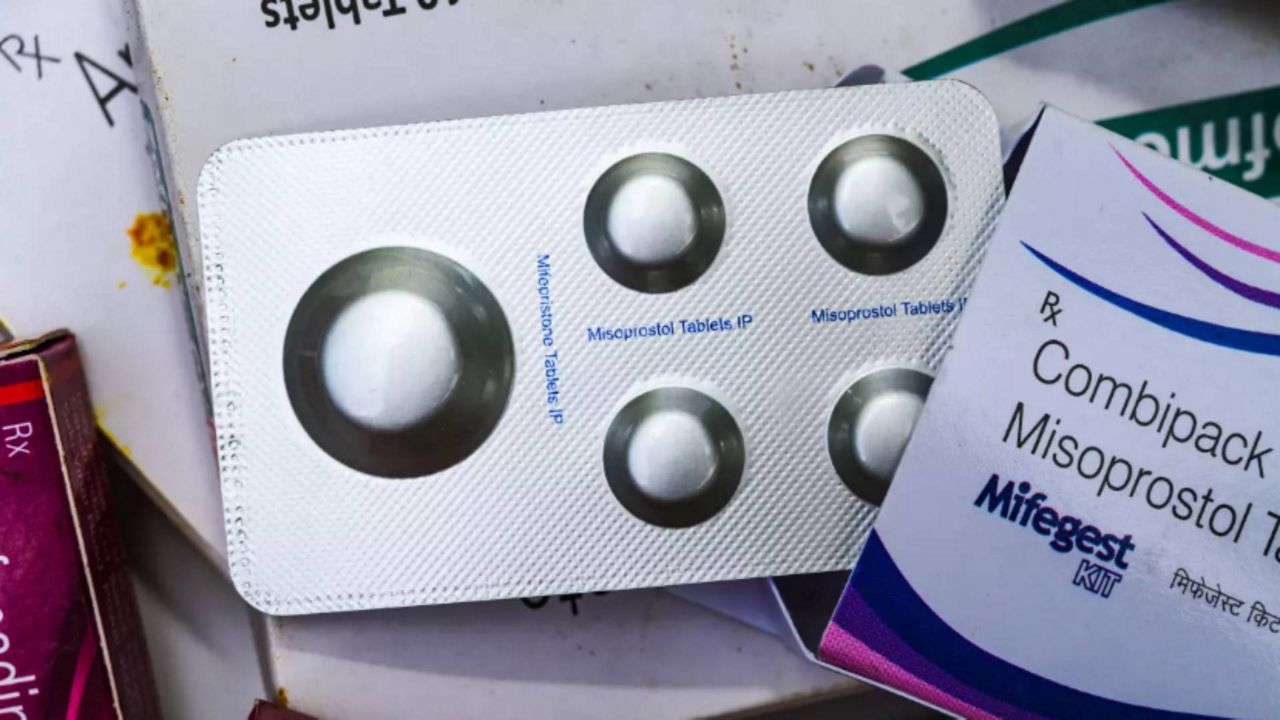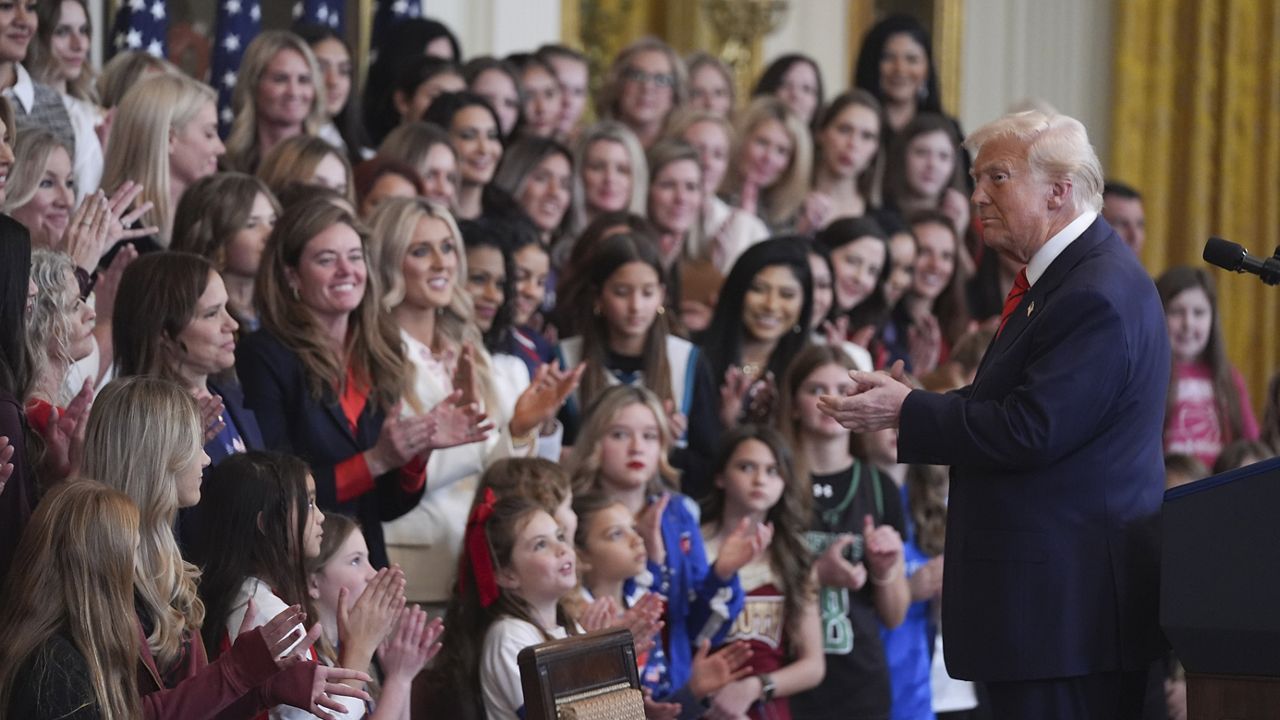For people who rely on insulin to treat their diabetes, life can be stressful. But an announcement from a major drugmaker that it plans to slash insulin costs may help millions of Americans sleep better at night.
“It was around $300 a vial. And just for context, I use two to three vials a month,” said Grace Bennett, a 32-year-old social media manager for the diabetes advocacy nonprofit, JDRF.
That’s the out-of-pocket costs she would pay for the insulin medication she takes to treat her Type 1 diabetes when she did not have health insurance.
What You Need To Know
- Pharmaceutical manufacturer Eli Lilly announced it will cut prices for its most commonly prescribed insulin products by 70% and cap patient insulin out-of-pocket costs at $35 a month
- The United States has the highest insulin prices of any developed nation, according to the U.S. Department of Health and Human Services
- The news is expected to offer relief to millions of Americans
- In January, a provision in the Inflation Reduction Act capped monthly out-of-pocket insulin costs at $35 for seniors covered by Medicare. Eli Lilly’s price reduction offers relief to Americans with private insurance
That was back in 2017 when she had to cut back on the recommended dosage due to the high cost. The practice is called “rationing” and it is something people have died from doing.
“For those months was doing the bare minimum to keep myself alive,” she recalled.
Bennett, who has been battling Type 1 diabetes since the age of 12, is among millions of people who are breathing a sigh of relief this week.
Pharmaceutical manufacturer Eli Lilly announced it will cut prices for its most commonly prescribed insulin products by 70% and cap patient insulin out-of-pocket costs at $35 a month.
“There’s more than 30 million people with diabetes. In New York State, there’s two million,” said Chris Norwood, the founder of Health People, a community preventative health nonprofit based in the Bronx. “For many people, it was a huge part of their budget. Or it would turn out, they just couldn’t pay it.”
Norwoodsaid the move by Eli Lilly could force other pharmaceutical companies to follow suit.
“If somebody’s selling something for 35 and you’re selling something for 200, you’re going to have to reduce your price,” she said.
The United States has the highest insulin prices of any developed nation, according to the U.S. Department of Health and Human Services.
One diabetes advocate, 30-year-old Eoin Costelloe, said he has never had to pay for insulin in his home country of Ireland after being diagnosed with Type 1 diabetes.
“Our supplies of our insulin is actually funded for and we get it for free,” Costelloe said.
As a result, the disease does not stop him from doing things like vacationing in New York, where he’s been for the past several months. The fitness coach even developed a fitness plan for other diabetic patients and has a podcast that educates people about the disease.
“If you do not take insulin and you live with Type 1 diabetes you will die,” he said, adding the price cuts “are quite literally life-saving.”
However, experts say the price cut by Eli Lilly is just a first step.
“There’s still a lot of work to be done within this space,” Bennett said. “Advocacy work within the government.”
In January, a provision in the Inflation Reduction Act capped monthly out-of-pocket insulin costs at $35 for seniors covered by Medicare. Eli Lilly’s price reduction offers relief to Americans with private insurance.









